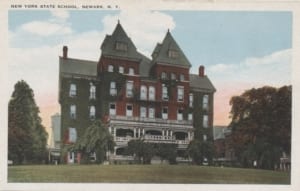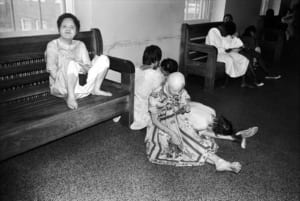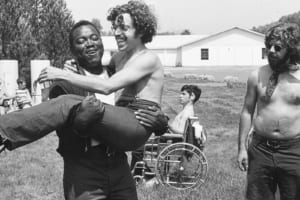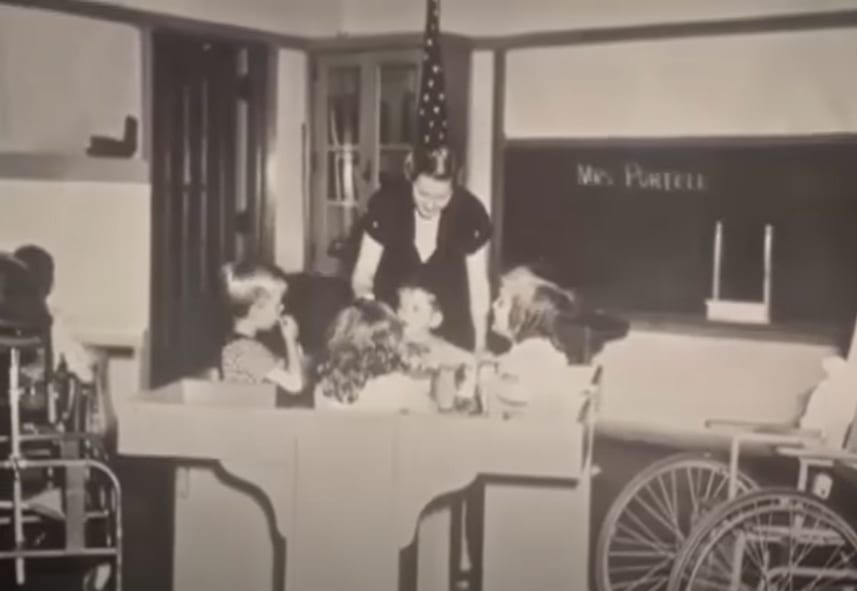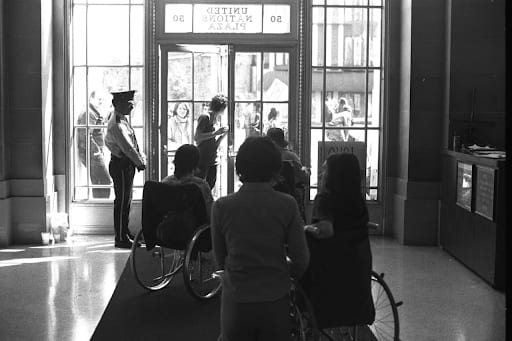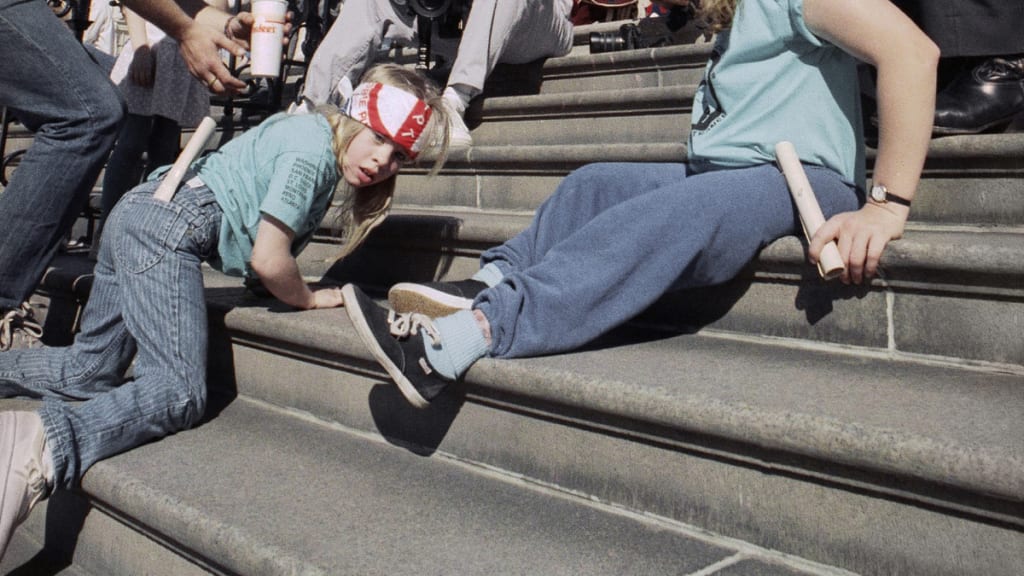When President Jimmy Carter took office in 1977, the disability rights community demanded that Carter sign and implement the regulations immediately. Instead of signing 504 into law, Joseph Califano, the new United States Department of Health, Education, and Welfare (HEW) Secretary, appointed a task force to review the regulations. The American Coalition of Citizens with Disabilities (ACCD) insisted that the regulations be signed unchanged by April 5th.
April 5th, 1977
When there was no response from the government, hundreds of people with disabilities and their supporters sat-in at HEW offices in several cities around the country. In San Francisco, protestors took over the entire 4th floor of the HEW building in a sit-in that lasted 28 days.

Photo Credit: A photograph taken by HolLynn D’Lil, one of the protesters, from inside the 504 Sit-In.
At that time in history, there was simply no access—no right to an education, no public transit. You couldn’t get into a library or city hall, much less a courtroom.”
– 504 Sit-In participant, author, and disability rights advocate Corbett Joan O’Toole
Inside the HEW offices, the need for accommodations amplified. Some people required space for walking aids and wheelchairs. Deaf occupiers needed translators. Protesters with paraplegia and quadriplegia needed assistants to lift and turn them when sleeping and sitting. Over the course of so many weeks with rudimentary accommodations inside an office building, protesters compromised their health to achieve their goals.”
-Dr. Catherine Kudlick, professor of history and director of the Paul K. Longmore Institute on Disability at San Francisco State University, “The 1977 Disability Rights Protest That Broke Records and Changed Laws“
April 28, 1977
Califano signed the Section 504 regulations unchanged.
Watch Kathy Martinez in part 07 of 14: “Solidarity in 504 Demonstrations” Video.
 Learn
Learn Learn
Learn Learn
Learn
